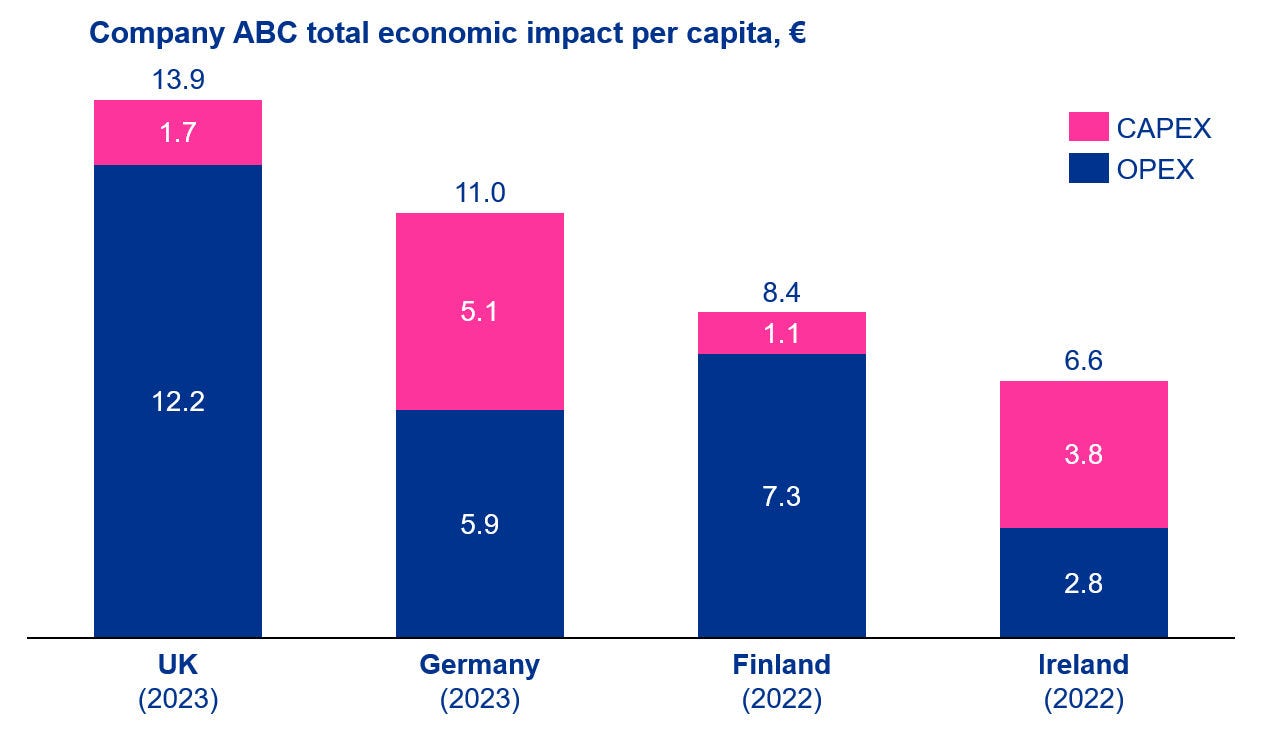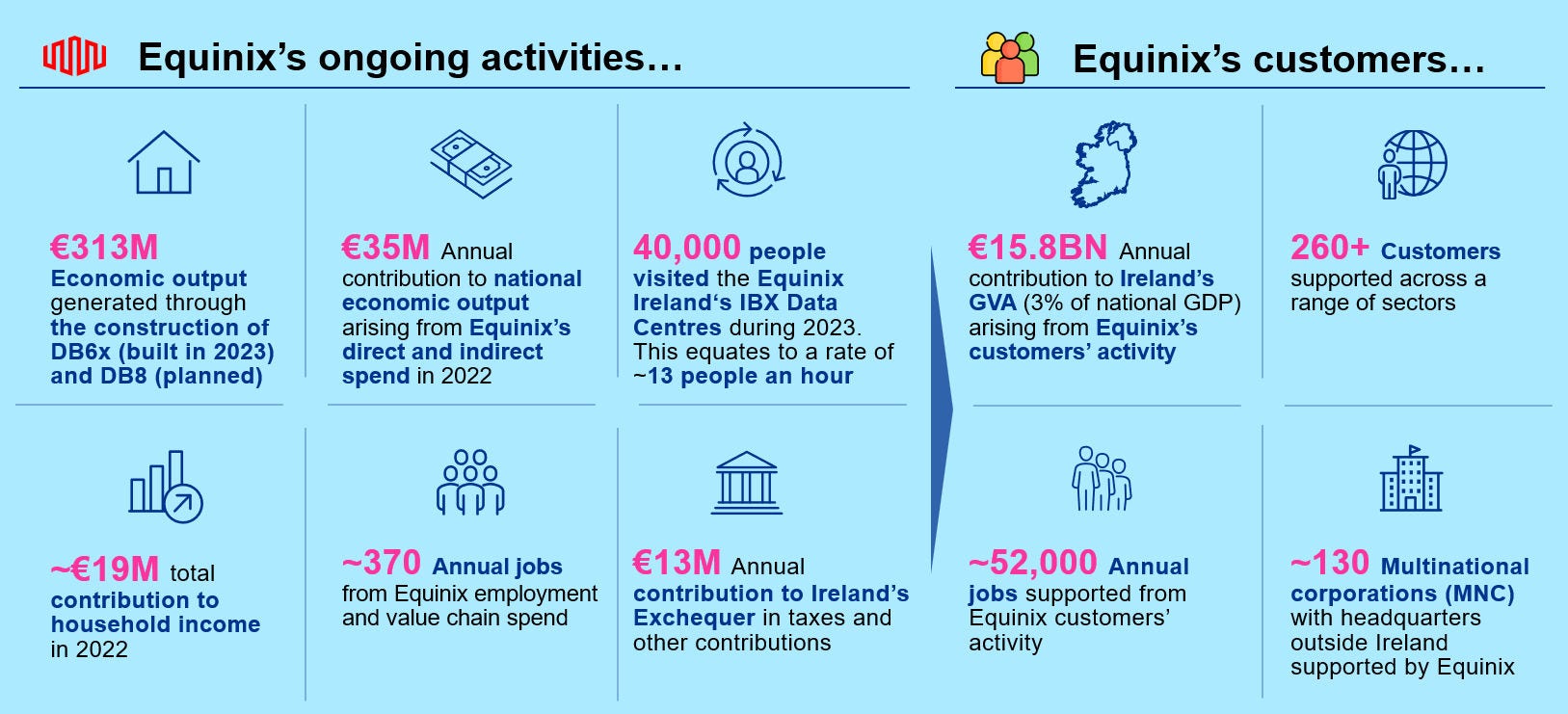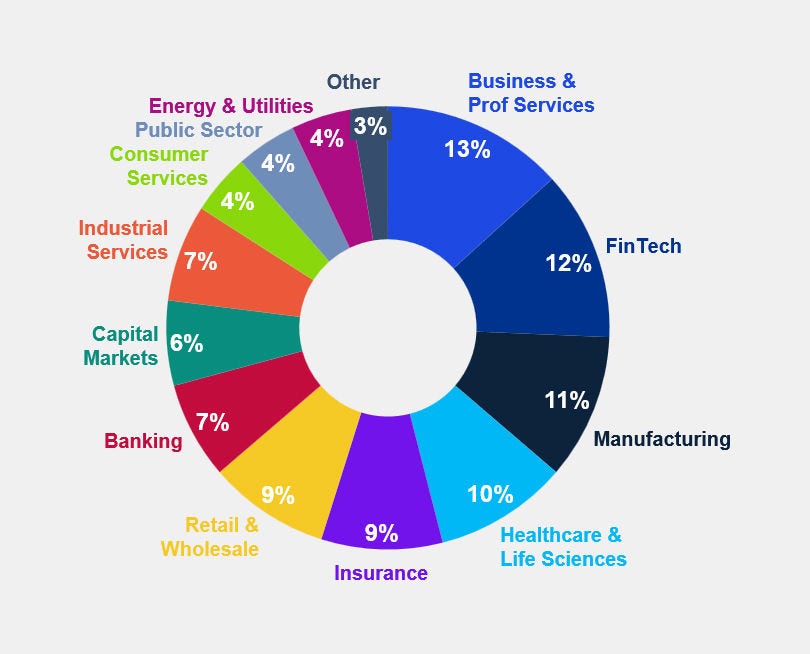Ireland’s digital ambitions
Artificial intelligence (AI) and then quantum computing (QC) will be defining technologies of this century. DC infrastructure is the backbone to this digital economy, underpinning innovation and competitiveness across multiple sectors, whose players need access to low-cost storage and compute in order to grow.
Clustering of DCs – Dublin being one of Europe’s five largest such hubs – also acts as an economic catalyst, attracting a spectrum of businesses, suppliers, and talent. Conversely, populous regions without their share of DCs risk declining attractiveness to investment.
Today’s businesses have the flexibility to develop their AI models anywhere in the world and are likely to choose those locations best able to help them scale efficiently and cost-effectively.
Ireland is a popular location for tech startups and giants alike, owing to its well-understood matrix of favourable characteristics: political stability; absence of natural risks; EU membership; English language; position between North America and Europe; ambient climate; developed supply chain; talent depth.
As a consequence of this popularity, as well as structural demand drivers such as cloud adoption and smart device proliferation, Ireland is seeing soaring demand for new data infrastructure.
Data traffic in the Dublin metro is already growing at 41% CAGR. Of Ireland’s ~80 operational DCs, around 30 have been built since 2018, and another ~40 have planning permission.[1] However, supply side bottlenecks threaten to temper this growth in practice; key among them: low carbon energy supply.









